- Security
- Privacy
- Performance
How to Format a Hard Drive: The Essential Guide
There comes a time for every PC or Mac where you need to start all over again and wipe your hard drive clean. Common reasons to do so include selling your computer or a desire to reinstall Windows from scratch. In this article, we’ll show you the step-by-step process for how to format a hard drive (also called the C drive in Windows).

Written by
Published on December 6, 2019
Sandro Villinger
Published on December 6, 2019
This Article Contains
This Article Contains
How to format a primary hard drive (C drive)
Let’s start with the worst case scenario: Something went wrong with your Windows or macOS computer, and things are beyond fixing. In cases where no repair tool or optimization utility can save your system, wiping the main drive (C:) is perhaps the only option left. In some cases, there are options, though: For example, you can try cleaning out your Mac with our Avast Cleanup for Mac or scanning your disk for errors using Avast Cleanup for PC.
If it’s at all possible, begin by backing up and rescuing everything of importance, or clone your hard drive by using one of our guides: How to clone a hard drive. You may need to reinstall the operating system, but you don‘t want to lose your data!
Then you can use the Windows setup program or macOS Recovery Environment to format primary hard drives. The following steps show you how to format your primary drive when all applications and your files are gone.
Formatting a primary drive on Windows
To format the primary drive — the hard disk where the operating system resides, also called C drive or C: — you need to boot into the setup program on Windows 7 or Windows 10 and use it to format your drive.
You can’t format the hard disk on which Windows is stored while Windows is running, for the same reasons that you can’t work on a car’s engine while you’re driving it. That’s why we’re using a bootable Windows 7/10 Installation DVD or USB drive which allows us to format the hard disk. Here’s how to go about it:
-
Insert the Windows 7 or Windows 10 DVD into the DVD drive and boot the PC. If you don’t have the DVD handy, you need to create a bootable Windows USB drive. Follow these next steps to create one (skip to step 2 if you’ve got a DVD already): Download the Windows 7 USB/DVD Download Tool (to format the hard disk now and install Windows 7 later) or the Windows 10 Media Creation Tool (to format the hard drive now and install Windows 10 later). Follow the instructions to create a bootable USB drive. Plug in the drive and reboot your PC or laptop.
Note: Windows 7 users need to download the Windows OS first, which you can get from here.


-
Reboot your PC and make sure the USB is plugged in or the DVD is inserted. The setup program should launch automatically (though you might need to hit a key when prompted). After a few moments, click the Next button. Click on Install now, and follow the steps that bring you to the Custom: Install Windows only (advanced) button. On the next screen, select the primary drive to format and click Format.

It will ask you one final time to format the hard disk — if you’re really cool with this, confirm! This is it! To reinstall Windows, choose Next. Everything will be wiped.
Formatting drives under MacOS
Can’t boot into macOS? Things have become unruly, and it seems easier to install and start over? Or are you about to sell your Mac? In all these cases, you likely want to know how to format your hard drive and wipe everything off your MacBook, iMac, or MacBook Pro.
-
As you turn on your Mac, and hold down the COMMAND and R keys until you see the Apple logo or a globe icon. This launches the Mac into recovery mode.

-
Click on Disk Utility and Continue.
-
Click on the internal disk, such as Macintosh HD, and click the Erase button.
-
If you’re going to install macOS on this device, select APFS (or APFS (Encrypted)) for enterprise-grade security) and click on the Erase button. That’s all there is to it.
-
Once the drive is wiped clean, you can give away your Mac or reinstall MacOS.
How to format an external hard drive
It’s much simpler to format any drive that isn’t running the operating system (like the C: drive does on Windows). Additional disks are generally used for data storage and data transfer, such as an external USB hard disk, memory card, or a thumb drive. Internal data drives on Windows typically have names like D, E, F, etc. To reformat these secondary drives, the only thing you need to know is the file system to choose (more on that in a moment).
Formatting an internal or external drive under Windows 7 or Windows 10
-
Boot into Windows as usual. Hold down the WINDOWS key and type R. This opens the Run dialog. From here, type in diskmgmt.msc. Click OK.

-
Right-click on the drive to format. In this example I format a 32 GB drive:

-
On the next screen, select the file system. (If you are unfamiliar with the options, see the section below.) Choose OK. To perform a thorough format, uncheck the Perform a quick format box. (What’s the difference? A thorough format does a more in-depth wipe of the disk, to make it more difficult for others to recover deleted data. That’s a good choice if you’re preparing the system to give away, but it might take several hours. If you’re reformatting a drive that you’ll be using personally, you can choose the quicker option which only takes a few seconds.)

Done! You can also use the Disk Management tool to assign or change a hard drive letter as seen in the screenshot above.
Another way to format drives is to go to Windows Explorer, right-click on the drive to format and select Format. While you can’t select an individual drive letter, this is still an easy way to format any drive into FAT32, NTFS, or exFAT.
Our advice going forward: Every file system is prone to fail or have errors from time to time. To prevent this from happening, use Avast Cleanup for PC and its Disk Doctor feature to regularly scan for file system errors. This helps you prevent a drive format caused by disk errors.
Formatting a Mac’s internal or external hard disk
To format a hard drive on your Mac, follow these instructions:
-
Turn on your Macintosh notebook computer or desktop system and login. Open up Finder, and then click on Go. Select Utilities.

-
Select Disk Utility, and then choose the drive to format. MacOS shows you the options, which look something like this:

-
Click on Erase. Select a file system of your choice (see below for your options, if you aren’t sure) for the new format. That’s it!
What file system should I use?
File systems describe how information is held on a hard disk, as well as how the operating system — Windows, MacOS, Linux, anything — stores and reads files. Think of file systems as the rules for how bits and bytes are stored on any hard drive no matter whether it’s built-in or external, or whether it’s HDD or SSD.
Here are the most common file systems you can choose (and when to choose them):
-
NTFS: This is Windows’ default file system for primary drives — and in fact the only option it permits for this use. It’s the safe bet for regular Windows use. NTFS offers basic file security, the ability to set advanced permissions and privileges, as well as basic self-healing capabilities. It is compatible with many devices, so if you want to use a USB key to plug into a TV or game console, NTFS is a reasonable option. NTFS also supports files larger than 4 GB (a limitation of the FAT32 system mentioned below).
-
FAT32: A file system introduced in Windows 95; it’s now over two decades old. FAT32 is probably the most compatible file system and is okay to use for files, as long as you’re not planning on storing files larger than 4 GB. If you do, choose NTFS. Both NTFS and FAT32 file systems also suffer from a phenomenon called Fragmentation and thus hard disks using these systems need to be defragmented.
-
exFAT: The exFAT file system is specifically designed for SD cards, USB drives, and other external media. It’s the reasonable choice for any hard disk you expect to move from one system to another.
-
OS Extended and APFS (Apple File System): OS Extended used to be the default file system for macOS until it was replaced by APFS. Both of these Apple-specific file systems are incompatible with Windows, TVs, cameras, or most other non-Mac devices, which is why it should only be used on internal primary disks where you store macOS and programs.
In most cases, the only time you need to pay attention to the file system is when the drive is formatted. Ordinary users almost never have to think about the subject.
Do I really need to format my hard drive?
There are many scenarios where formatting of a drive is required or useful:
-
When you need to completely reinstall macOS or Windows from scratch. If your operating system won’t boot anymore and is beyond repair, often the only way to start fresh is to reformat and reinstall.
-
When you want to sell a PC or a drive. You certainly don’t want anyone having access to your data! Even if the system is password-protected, there’s no reason to take chances. And it’s only polite to let the new owner start from scratch with a cleaned-up system.
-
When you want to use a USB drive or memory card with a new computer. That way you start clean without any old junk carried over.
Starting from scratch and wiping your disks won’t help you over time if you don’t keep it clean. You see, Windows and macOS gradually accumulate a ton of temporary data, background processes, and other junk that hog your disk and slow down your machine — and in the end you’ll wind up starting all over again by reformatting your disk. To prevent this from happening, get Avast Cleanup to make sure things stay nice and tidy.
Clean Your Hard Drive Automatically
Avast Cleanup for Windows speeds up performance, frees up storage space, and extends the lifespan of your hard drive.
Clean Your Hard Drive Automatically
Avast Cleanup for Mac speeds up performance, frees up storage space, and extends the lifespan of your hard drive.
Clean Your Hard Drive Automatically
Avast Cleanup for Mac speeds up performance, frees up storage space, and extends the lifespan of your hard drive.
Clean Your Hard Drive Automatically
Avast Cleanup for Windows speeds up performance, frees up storage space, and extends the lifespan of your hard drive.
This Article Contains:
More Performance Articles

Why Your Mouse Is Broken or Not Working and How to Fix It
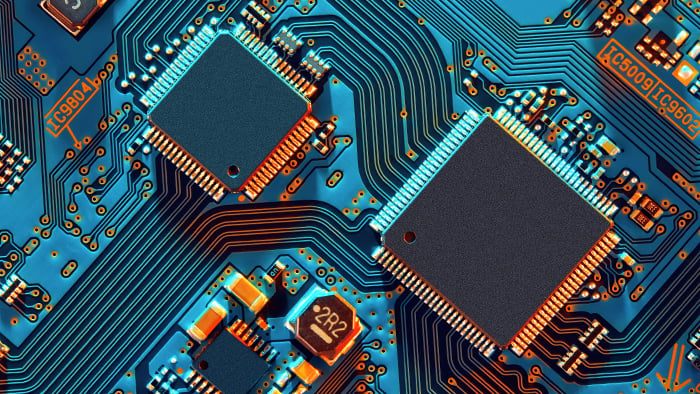
What Motherboard Do I Have & How Do I Find Out?
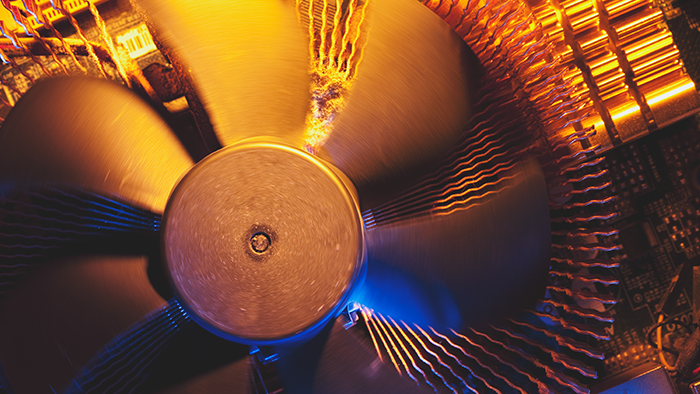
How to Check and Monitor Your CPU Temperature
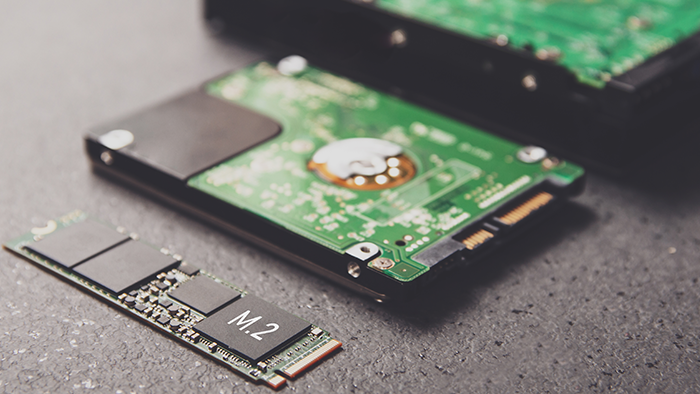
SSD vs. HDD: Which Do You Need?
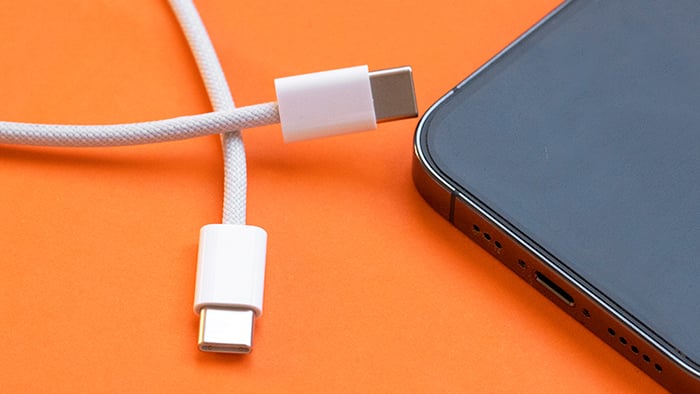
What Is the Difference Between Thunderbolt and USB-C?
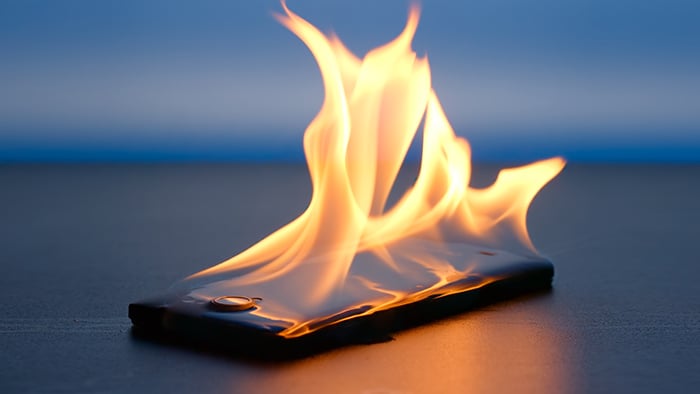
11 Reasons Why Your Phone Is Overheating
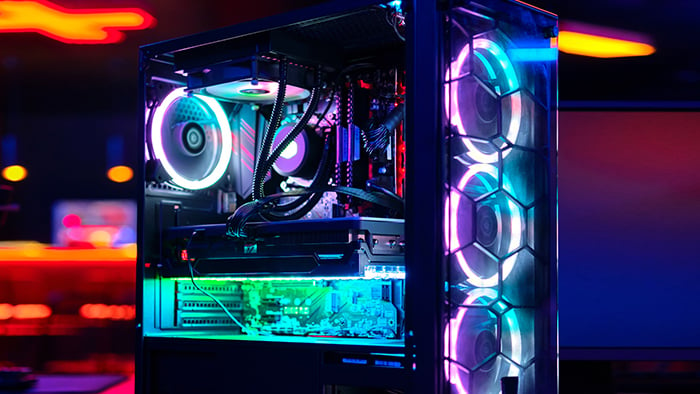
AMD vs. Nvidia: Which Is the Best GPU?
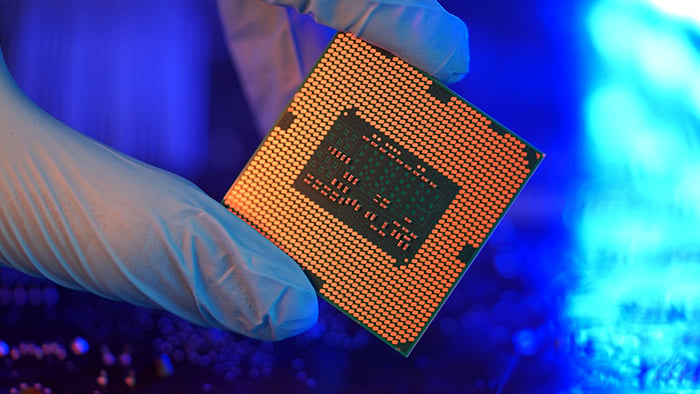
AMD vs Intel: Which CPU Is Better in 2023?
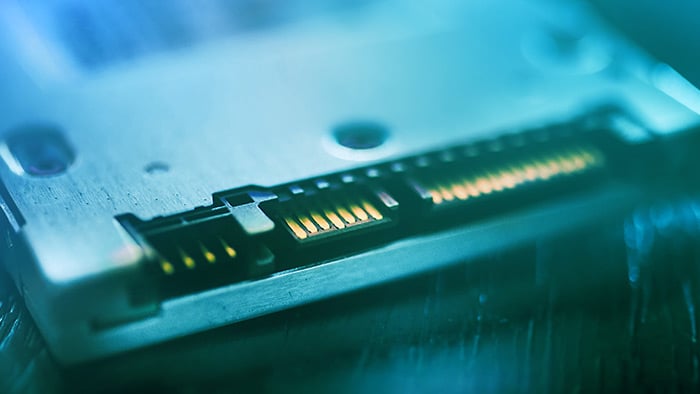
What Is a Solid-State Drive (SSD)?
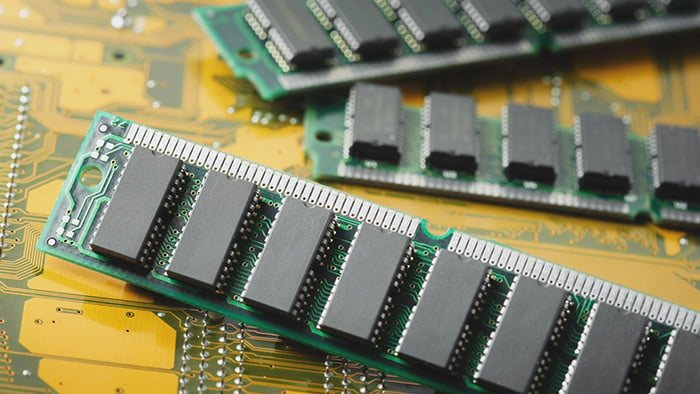
What Is RAM and Why Does Random Access Memory Matter?
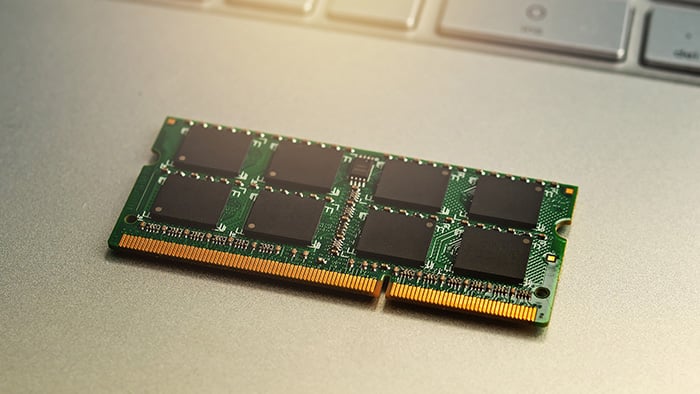
How to Check How Much RAM You Have on Windows PC or Mac

How to Check Specs on Windows PC
Optimize your Android with free Avast Cleanup
Avast Cleanup
Free installProtect your iPhone from threats with free Avast Mobile Security
Avast
Mobile Security
Hardware
Performance
Sandro Villinger
6-12-2019